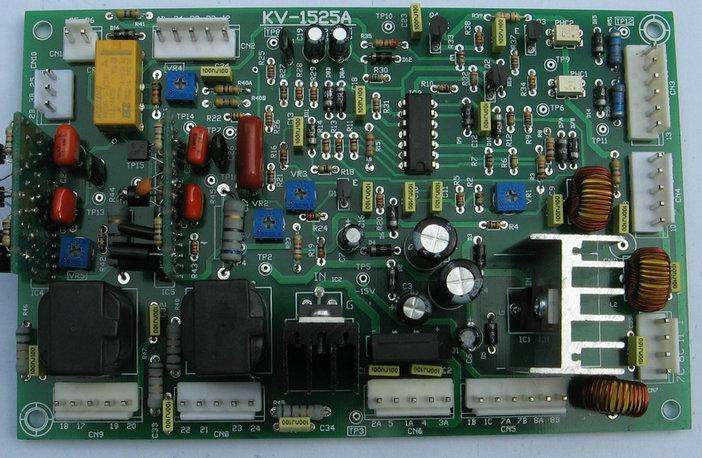Electrical Control system on Injection Moulding Machines
– By Zafar Kamal
The electrical control system serves as the nerve and memory center to program and sequence the machine cycles. Its purpose is to sense, program the results, and cause an action to take place.
Position is sensed through the use of the limit switches, change in the heat through thermocouples, and changes in pressure through pressure switches. After analyzing the incoming signals and making a programmed decision, the control system passes this decision on to the pilot operating devices which convert the electrical signal into mechanical motions, thus resulting in the desired action.
There are specific type of the devices available for the different functions. First, There is motor or prime mover , and then the sensing devices, next, control systems such as motor starters, heater contractors and relays, and finally , the ultimate load controls such as solenoids or heater bands.
The electric motor or motors used in the average injection press must have a high breakdown torque. Most motors operate on 220 or 440 volts and are constant-speed types with the direct linkage to a pump or pumps. Some foreign equipment uses dual-speed motors, particularly where an electric drive is supplied for the rotation of the screw. Where electrical energy is the direct driving force for the screw system, speed-reduction gears are usually used so that the higher torque can be generated and the screw speed can be varied as needed for specific materials and molding applications. The use of electrical and mechanical energy is useful for every system and the combination is widely used. which sense high low pressures or vacuum levels, float switches which detect liquid levels, and temperature detectors to sense heat.
Timers are a form of control used in process programming to signal elapsed or delayed time of a cyclic sequence. The electronic timer is usually used for precise repetitive accuracy, especially in the small size range. Where time setting of 3 to 150 seconds are required, along with the external settings, fair repetitive accuracy, and where simple repair and maintenance is allowable, the synchronous-motor timer is the most economical. In the plastic industry, heat plays an important role. Along with heat there must be a good, accurate type of the temperature control. One of the most efficient control instrument is the pyrometer which uses a thermocouple or millivolt input. Voltages generated by the thermocouple operate the temperature-clibrated millivoltmeter, which indicates temperature, and bring into action various means for performing control functions. The electromotive force generated at the thermocouple tip is amplified and actuate the meter element to move an indicator pointer across the calibrated scale. If the pointer is below a set point, electronic action within the instrument energizes the relay which, through external circuitry, causes the heater to energize. When the pointer has reached the preset point, the relay deenergizes, causing the heaters to deenergize. It is through this on-and-off action that the pyrometer controls heat within narrow limits.
On most injection-molding machines, the barrel-heater bands are generally made in two halves and clamped to the cylinder with the strap or a clamp device. Each half heater has its own separate 220-volt winding.










